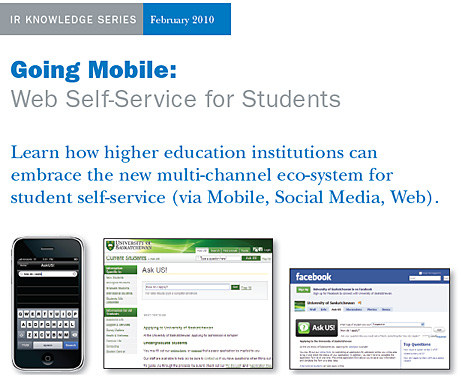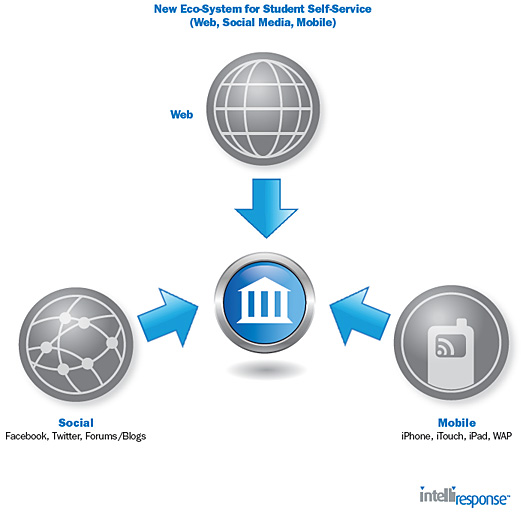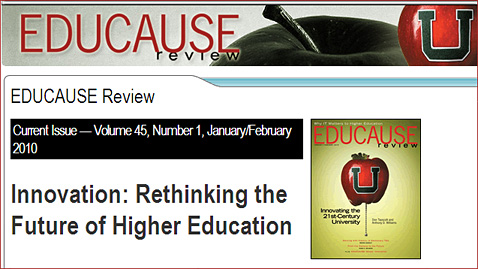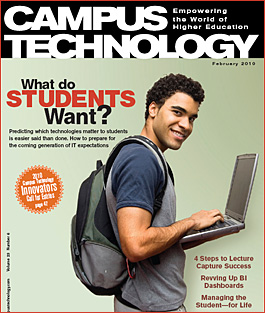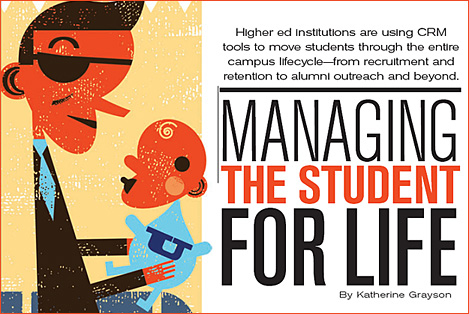ELI 2010 Online Spring Focus Session
Mobile Learning 2.0: The Next Phase of Innovation in Mobility
Join us March 3–4 for “Mobile Learning 2.0: The Next Phase of Innovation in Mobility,” the ELI 2010 Online Spring Focus Session. Back by popular demand, this virtual event, hosted in Adobe Connect, allows you to exchange ideas and collaborate with the ELI community—all without leaving your campus. You’ll have access to resources and guided activities to help you organize a local team event or participate as an individual. Program highlights include:
- “A Revolution in Learning Is Taking Place in Our Hands“—Judy Brown, Mobile Learning Strategic Analyst, Academic Advanced Distributed Learning Co-Lab
- “Student iPhone App Development and Institutional IT: The Story So Far“—Douglas Johnson, Assistant Director for Learning Services, University of Florida
- “Drivers and Inhibitors for Change: Are We Really Ready for Mobile Learning?“—David M. Kennedy, Director and Associate Professor, Lingnan University of Hong Kong
- “Mobile Creation: Redefining the Classroom“—Kyle Dickson, Director, Digital Media Center, and William Rankin, Associate Professor/Director of Educational Innovation, Abilene Christian University
Although mobile learning has different meanings for different communities, we know that learning is deepened and enriched when students have options for their learning for multiple paths through course content. Mobile technology not only enables students to take their learning with them beyond the physical walls of the classroom, but it also makes possible a new array of interactions in the classroom as well. Mobile learning encompasses participating in learning activities anywhere, at any time, and utilizing mobile technologies that are rapidly evolving. Possible applications of mobile technology include enabling authentic learning engagements (such as real-time data collection), spontaneous mash ups (such as populating a map with local data), synchronous interactions with classmates and subject experts, and a rich variety of interactions with course content. Precisely because of its fluidity and independence from physical boundaries, mobile learning offers vast potential to enhance all types of instruction: face-to-face, blended, and online. The goal of this focus session is to re-assess the potential of mobile technologies and identify new ways in which mobility can contribute to the learning experience.









